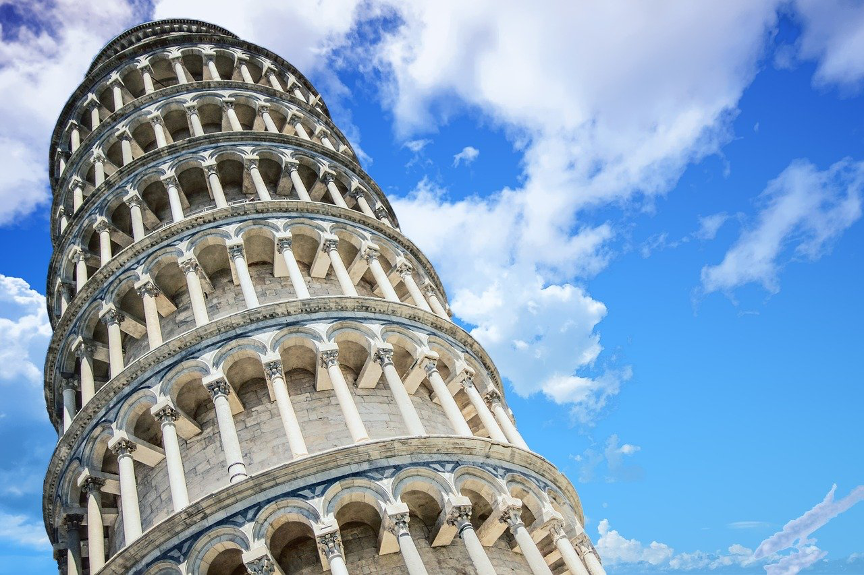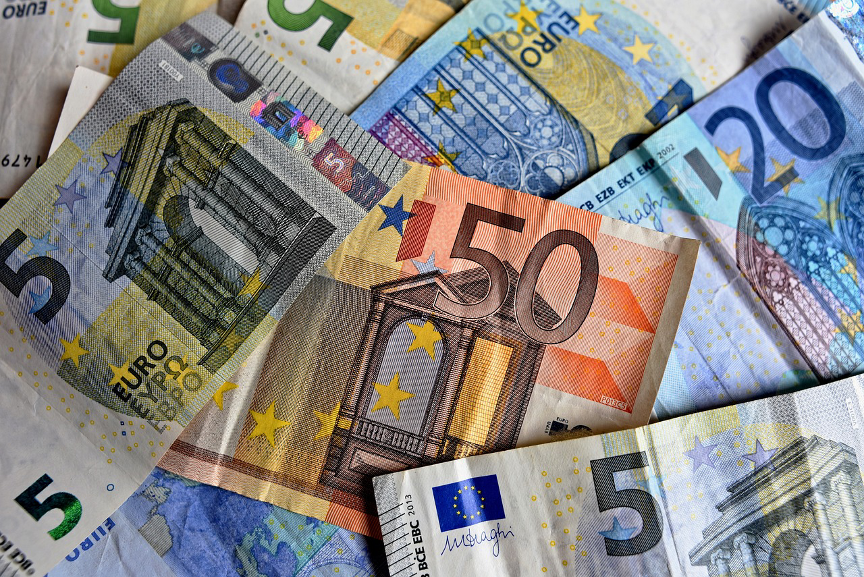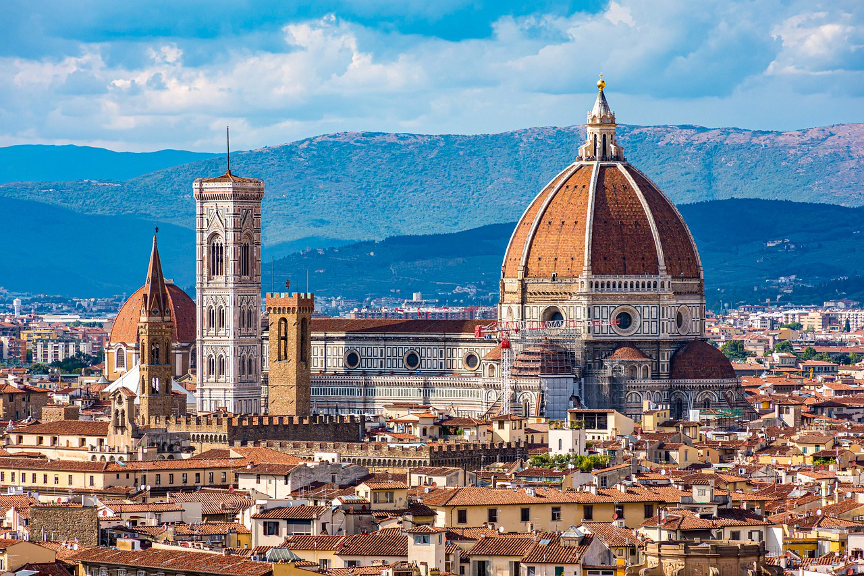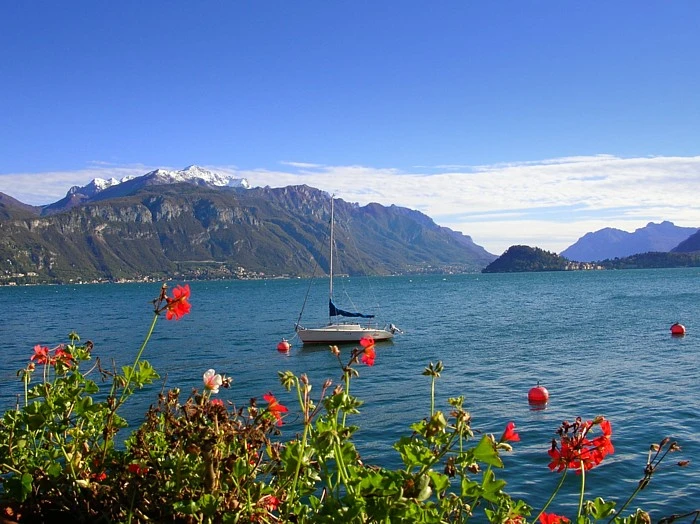
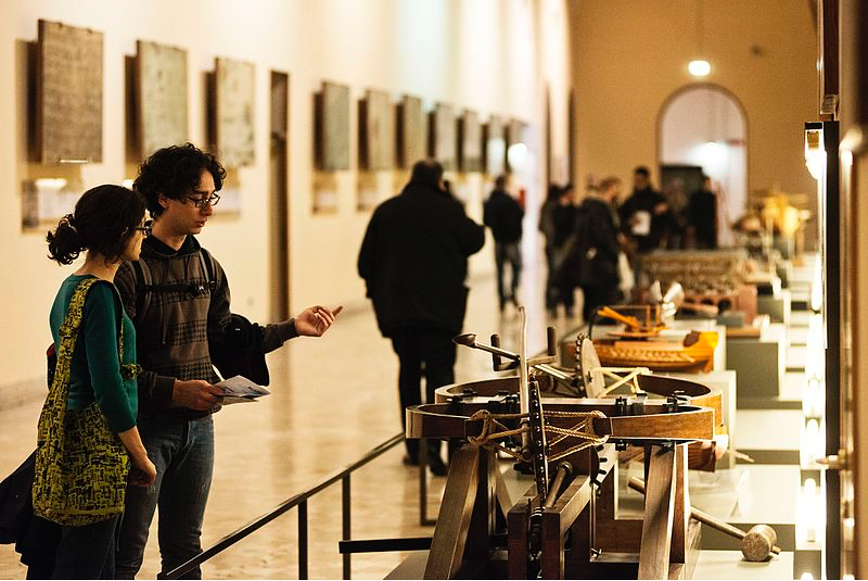
In Milan, following in the footsteps of Leonardo da Vinci
- Blog
- 14 June 2024
Leonardo da Vinci is considered one of the greatest geniuses in human history, an icon of the Renaissance. He was born in Anchiano, near Florence, but he traveled widely as a scientist, inventor, artist, engineer, architect, philosopher and mathematician, frequenting some of the most important courts of the time. In the late 15th century, Leonardo was called to Milan, to the court of Duke Ludovico il Moro. Leonardo would spend almost twenty years of his life in the city, leaving evident signs of his passage. In this article we will retrace the places in Milan most closely associated with the figure of the great Italian genius. Let us walk together through the city following in the footsteps of Leonardo da Vinci.
Leonardo da Vinci in Milan, the genius finds his home
Leonardo da Vinci arrived in Milan in 1482. He is fascinated by the open and cosmopolitan character of the Lombard city. He admires the modern, cultured and ambitious character of the Sforza family, the lords of the city. In Milan there is a great interest in technological evolution, progress in the sciences and the development of the arts. Leonardo therefore felt immediately at home and expressed his genius at its best. We can admire the fruits of his stay even today, visiting the Castello Sforzesco, walking along the Navigli, entering various churches and art galleries. Leonardo’s legacy is guarded with great care by the Milanese. Let’s look in more detail at the places not to be missed:
The locks of the Navigli, a visionary technological work
Today the Navigli district is one of the most popular and characteristic areas of Milan, a meeting place and social hub teeming with fashionable clubs. However, the Navigli originated as a complex system of irrigated and navigable canals that had the city of Milan as its center of gravity. Thanks to these canals, Milan was connected by river to Lake Maggiore, Lake Como, and Lower Ticino, until it reached the Po River and then the Adriatic Sea. Leonardo da Vinci designed the locks of the Navigli, also known as “navigation locks.” At that time, in fact, these canals were ploughed by boats of different sizes, and the difference in height of the waters created many problems when passing through them. The hydraulic system designed by Leonardo da Vinci ensured that the height of the water could be adjusted by means of butterfly valves, making it easier for boats to pass through the center of Milan.
Leonardo da Vinci’s “The Last Supper,” the Last Supper in Milan
“The Last Supper” by Leonardo da Vinci is a world-famous work, full of secrets, that continues to inspire artists and scholars to this day. Also known as “Il Cenacolo” this work, created between 1494 and 1498, depicts Jesus’ last supper before his betrayal by Judas. The painting would appear to be a fresco, but it is actually a wall painting made with tempera grassa on dry plaster. Leonardo did not like frescoes; he preferred to experiment with new painting techniques. Today you can admire Leonardo da Vinci’s painting of the Last Supper on one of the walls of the church of Santa Maria delle Grazie, near Corso Magenta.
The Codex Atlanticus, Leonardo’s manuscripts at the Biblioteca Ambrosiana
The Codex Atlanticus is the largest collection of Leonardo da Vinci’s drawings and writings currently available. This priceless collection is kept in the Biblioteca Ambrosiana in Milan, near Piazza del Duomo. This collection allows us to read and observe early Leonardo studies on engineering, architecture, anatomy, nature, and much more. These manuscript documents are divided into 12 volumes. For 17 years, the Codex Atlanticus was kept at the Louvre Museum because it was part of the Napoleonic spoils of war at the time of the French seizure of Milan. After the Congress of Vienna, the Codex Atlanticus was returned to the city of Milan, where we can still admire it today.
The Leonardo da Vinci National Museum of Science and Technology
The Leonardo da Vinci National Museum of Science and Technology was opened in 1953 for the purpose of preserving and exhibiting many works by the Renaissance genius. The Leonardo da Vinci Galleries represent the world’s largest exhibition dedicated to this fascinating figure. Some 170 works chronicling Leonardo’s life, studies and projects are on display here. The total area of the exhibition is 50,000 square meters. The museum attracts about half a million visitors from all over the world each year. It is located at 21 Via San Vittore and is easily reached by subway, taking the M2 Metro line and getting off at the S. Ambrogio station.
Leonardo’s vineyard at the Casa degli Atellani
With the completion of work on the painting of the Last Supper, Ludovico il Moro decided to give Leonardo da Vinci a vineyard. With this gift, the lord of Milan wanted Leonardo to feel fully “at home.” This vineyard was planted and cultivated at the bottom of the garden of the Casa degli Atellani, today in Corso Magenta. This place was particularly beloved by the Tuscan genius, so much so that he loved to personally tend the plants, thus creating a splendid garden. Even today, the original rows of vines are still preserved here and have recently returned to produce grapes for harvest. The vineyard may be temporarily closed to the public for work, so it is recommended to make sure it is open before going there.
Want to find out more about Milan, its history and its incredible attractions? Download the Forexchange audio guide to Milan now, available in six different languages. The Lombard city will have no more secrets for you. Do you also want to explore the city’s surroundings and enjoy new unforgettable experiences? Forexchange offers you many unique experiences featuring art, taste and entertainment. Book your favorite activity online now, or your currency exchange, including from foreign currency into euros. To pick up your money, or to receive any information, visit us at your nearest Forexchange branch. We are waiting for you!
Photo Credits:
Photo by Alessandro Grassani for Wikimedia
